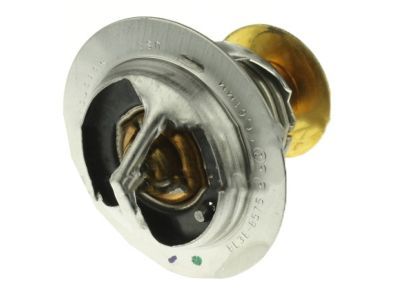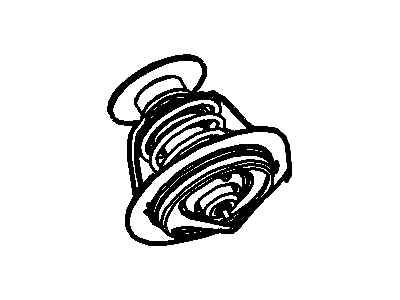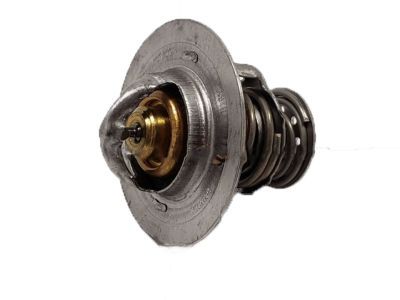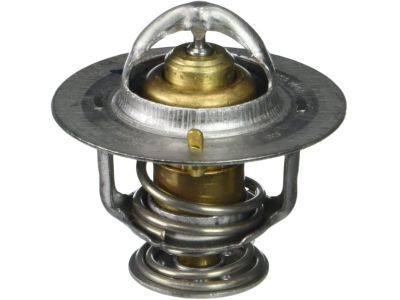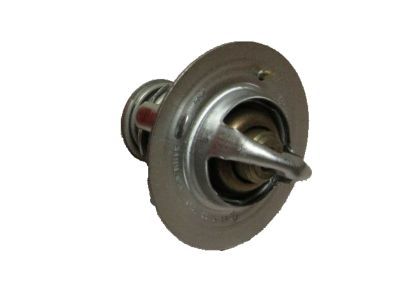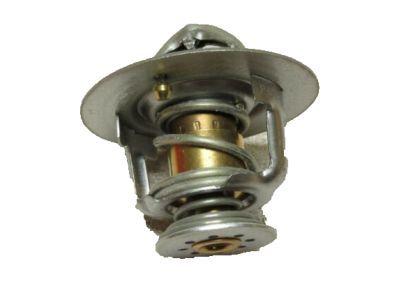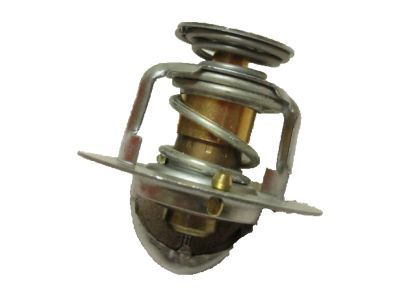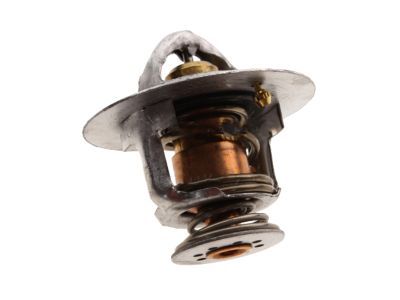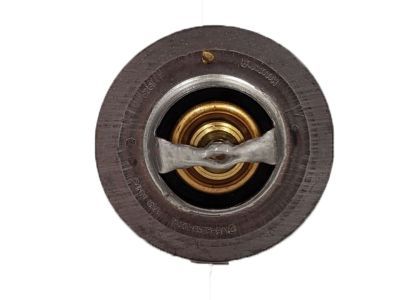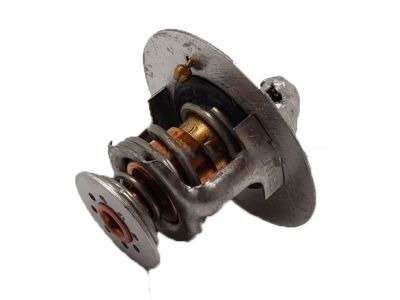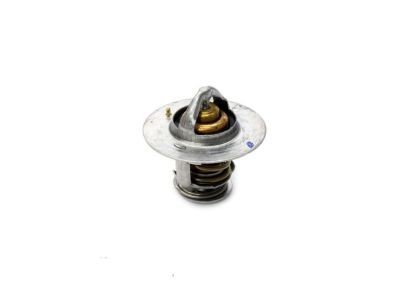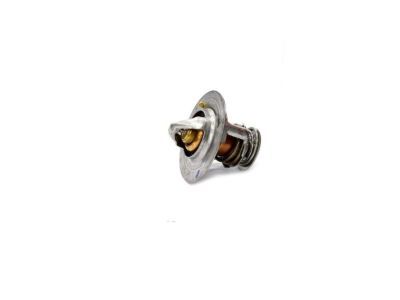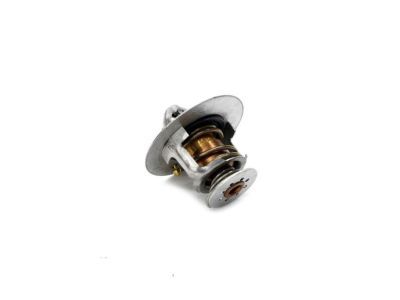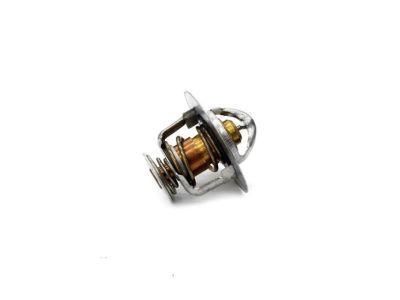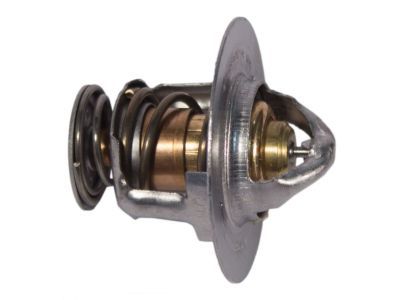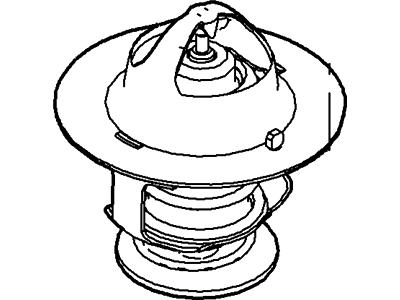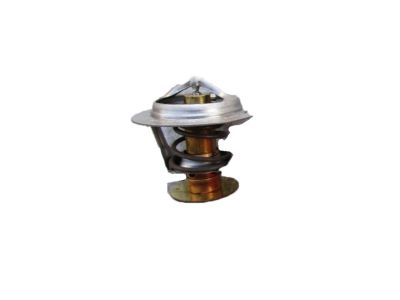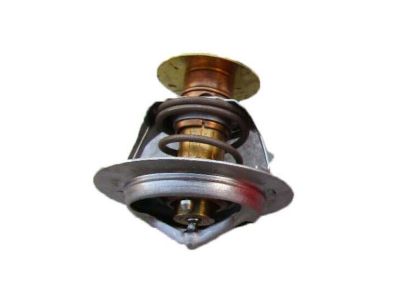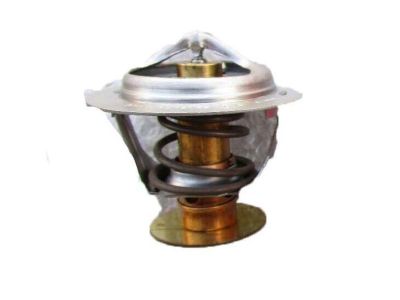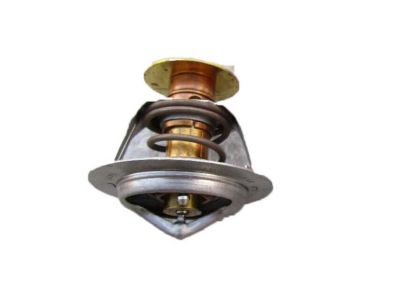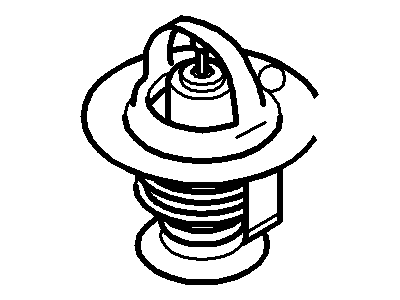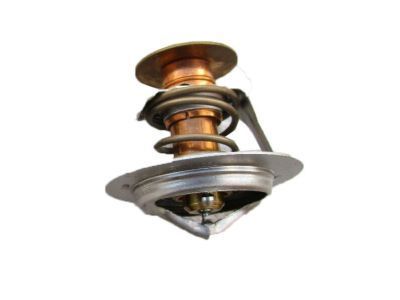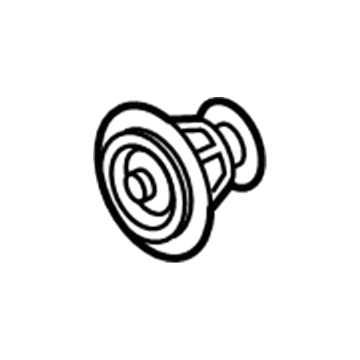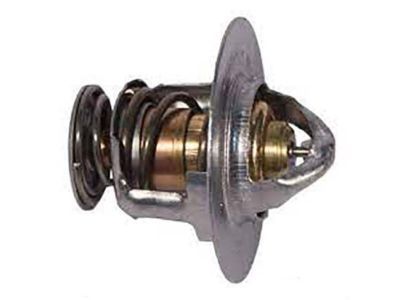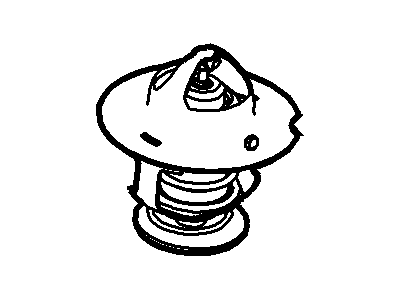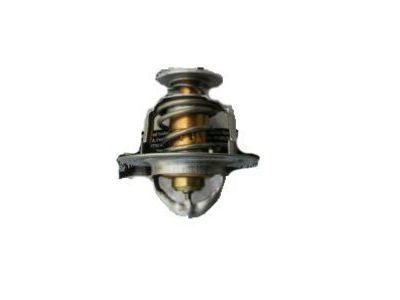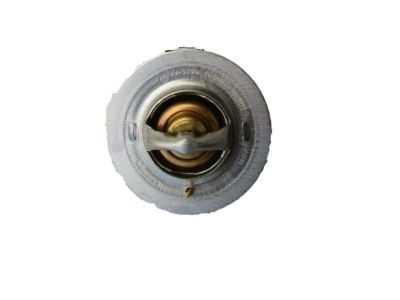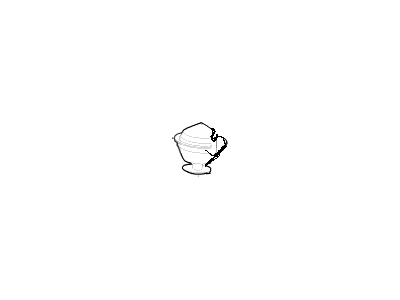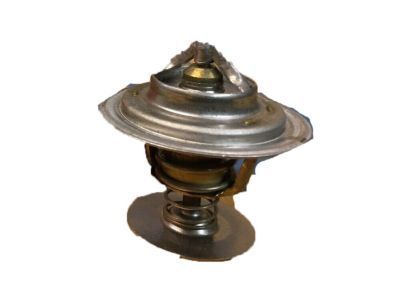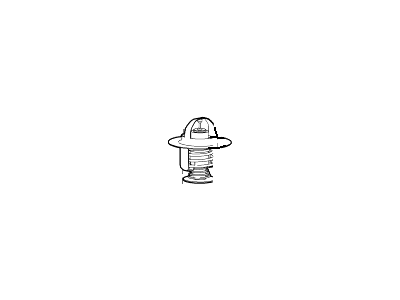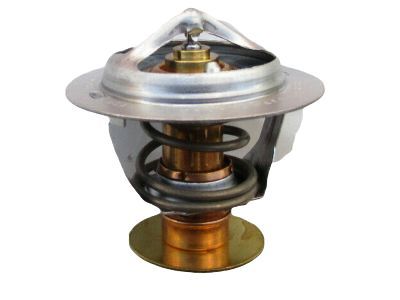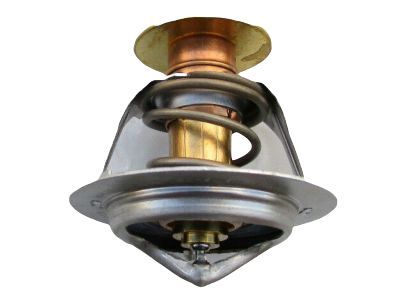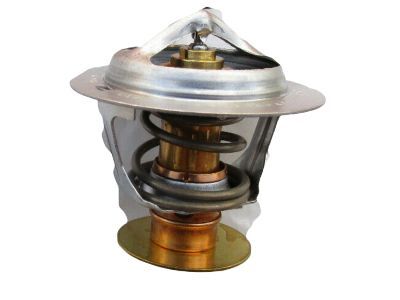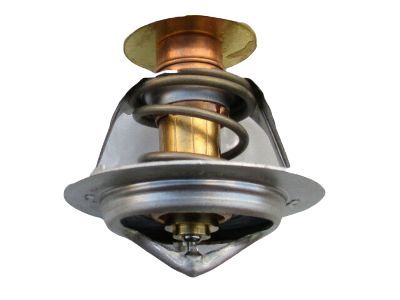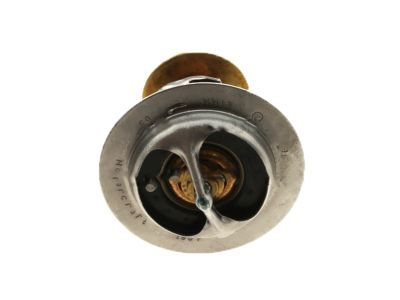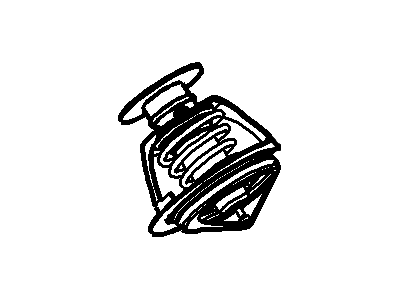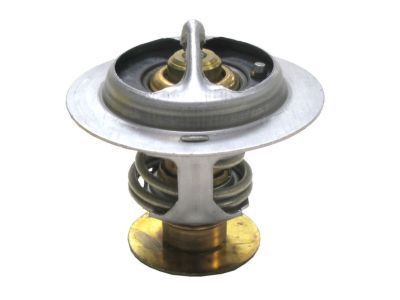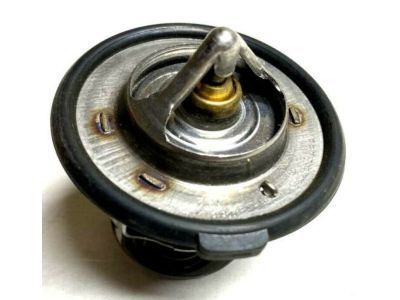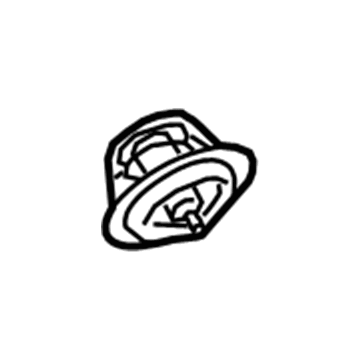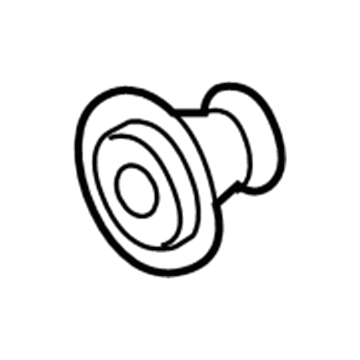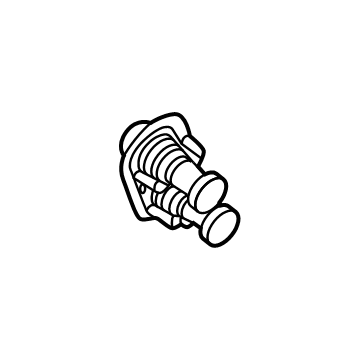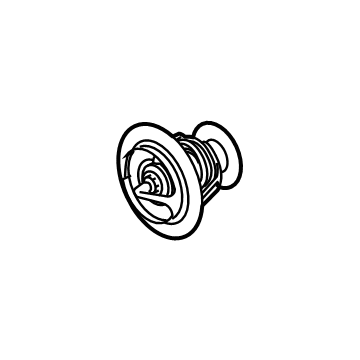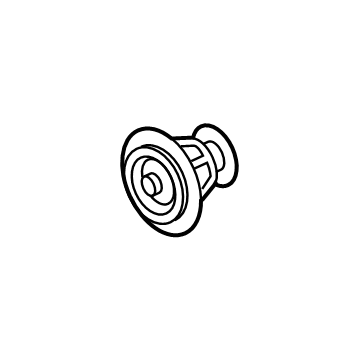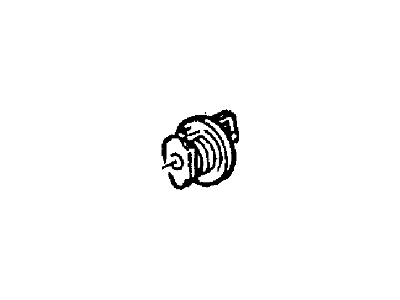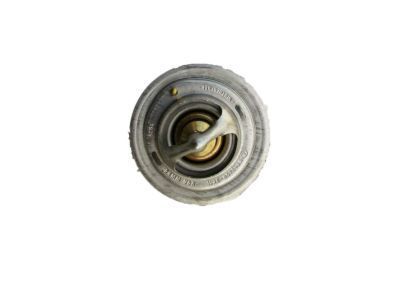

My Garage
My Account
Cart
Genuine Ford F-150 Thermostat
Engine Coolant Thermostat- Select Vehicle by Model
- Select Vehicle by VIN
Select Vehicle by Model
orMake
Model
Year
Select Vehicle by VIN
For the most accurate results, select vehicle by your VIN (Vehicle Identification Number).
17 Thermostats found
Ford F-150 Thermostat Assembly
Part Number: XL3Z-8575-AA$15.12 MSRP: $24.11You Save: $8.99 (38%)Ships in 1 Business DayFord F-150 Thermostat Assembly
Part Number: F85Z-8575-AA$14.48 MSRP: $23.09You Save: $8.61 (38%)Ships in 1 Business DayFord F-150 Thermostat Assembly
Part Number: F65Z-8575-AE$5.16 MSRP: $7.55You Save: $2.39 (32%)Ships in 1-2 Business DaysFord F-150 THERMOSTAT ASY
Part Number: HL3Z-8575-B$23.70 MSRP: $33.64You Save: $9.94 (30%)Ships in 1-2 Business DaysFord F-150 Engine Coolant Thermostat
Part Number: BC3Z-8575-E$46.76 MSRP: $66.36You Save: $19.60 (30%)Ford F-150 Thermostat Assembly
Part Number: F68Z-8575-BA$5.16 MSRP: $7.55You Save: $2.39 (32%)Ships in 1-2 Business Days
Ford F-150 Thermostat
Ford F-150 thermostat is a very important element of the car's heating and cooling system which is installed mainly around the radiator. The principal use is to control the temperature into which the engine should operate so that it does not reach its dangerous high limit where it may cause severe damages. This is made possible through controlling the flow of heat transfer fluids and a process that assist in cooling the engine or heating it depending on the need. Different types of thermostats have been used on the Ford F-150, including the following, mechanical, bimetallic strip and wax pellet. The wax pellet thermostat is designed in a manner that expands and contracts based on the change in temperatures hence regulating the thermal status of the engine. This kind of thermostat plays a significant role in increasing the lifespan and effectiveness of F-150 car engines through regulating temperatures. Incorporation of thermostat technology in the Ford's F-150 can also be aligned with general development of thermostats including mechanical and sophisticated controls among others. All the versions of the Ford F-150 thermostat have contained their part to make the vehicle famous for its operating conditions in terms of thermal regulation.
We provide a wide range of Ford F-150 Thermostat at the best prices possible. If you need Ford F-150 Thermostat, you can shop with confidence on our website. All our OEM parts come with a manufacturer's warranty and are delivered to your door step with a fast delivery service.
Ford F-150 Thermostat Parts Questions & Experts Answers
- Q: How do you check and replace a thermostat in a cooling system on Ford F-150?A:When you think that there is an issue with the cooling system then inspect the level of the coolant, drivebelt tension and the working of the temperature gauge. If the engine appears to be slow in warming up, by reference to the heater output or temperature gauge operation, it can be concluded that the thermostat is stuck open, and a new one is required. If the engine emits heat, check the upper radiator hose; if it is not hot and the engine is, the thermostat is most likely stuck shut and is not allowing coolant to flow to the radiator in order that it might cool and return to the engine and needs replacement. Do not operate the vehicle without a thermostat because doing that will force the computer into an open-loop mode, which results in high emissions and poor fuel economy. It is possible to check the flow of coolant by touching the upper radiator hose; if it is hot, then the thermostat is open. This is especially so because the drivebelts are also likely to be damaged when exposed to coolants thus cover them with kitchen plastic wrap. Remove the cable from the negative terminal and flush out the coolant if any then drain the cooling system, the coolant used should be reused if it is good. In particular engine models, the necessary air ducts should be removed and tracing the radiator hose to the thermostat housing should be done. Undo the hose clip and pull off the hose and if worn or damaged then fit a new one. If the housing cover of the thermostat has some signs of corrosion, then it is advisable to change it. For V6 models: take the screws off to remove the thermostat cover plate and pull it off, taking particular note of the thermostat's position. Remove all old gasket deposits from the housing and cover and fix the new thermostat properly in its place then fit the housing cover with a new gasket. For V8 models, one has to proceed in a similar fashion, but has to be more careful and remember to undo any brackets, which might be present. Put the radiator hose back into its place, top up the cooling system again and join the battery terminals. Starting the engine and allowing it to warm up, help the thermostat to open so that it's operations can be checked for any signs of leakage.
Related Ford F-150 Parts
Browse by Year
2023 Thermostat 2022 Thermostat 2021 Thermostat 2020 Thermostat 2019 Thermostat 2018 Thermostat 2017 Thermostat 2016 Thermostat 2015 Thermostat 2014 Thermostat 2013 Thermostat 2012 Thermostat 2011 Thermostat 2010 Thermostat 2009 Thermostat 2008 Thermostat 2007 Thermostat 2006 Thermostat 2005 Thermostat 2004 Thermostat 2003 Thermostat 2002 Thermostat 2001 Thermostat 2000 Thermostat 1999 Thermostat 1998 Thermostat 1997 Thermostat
